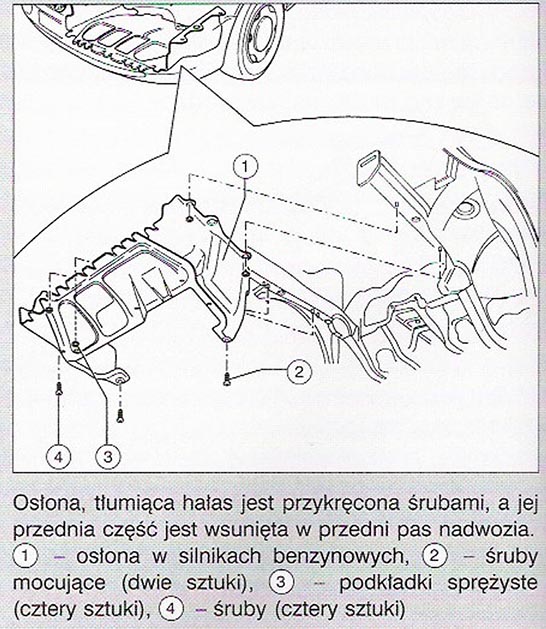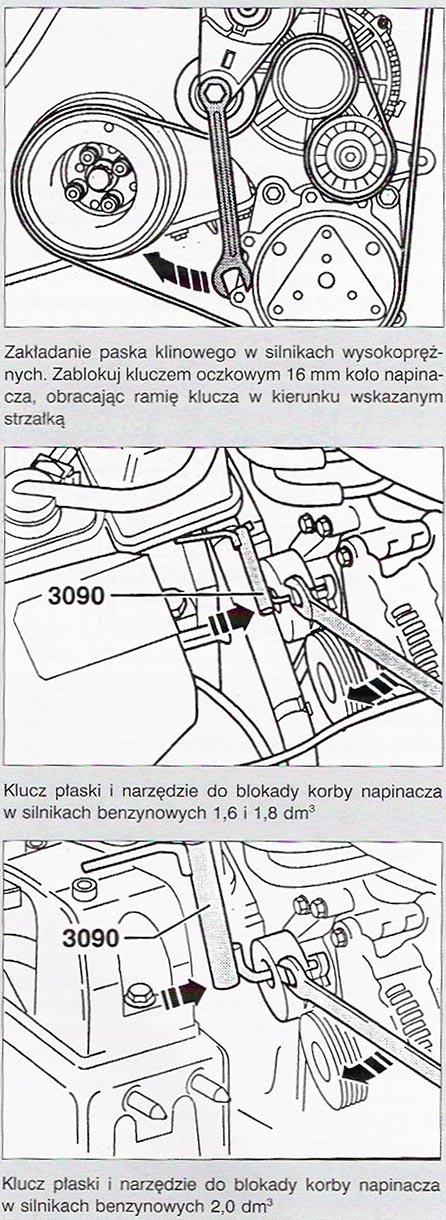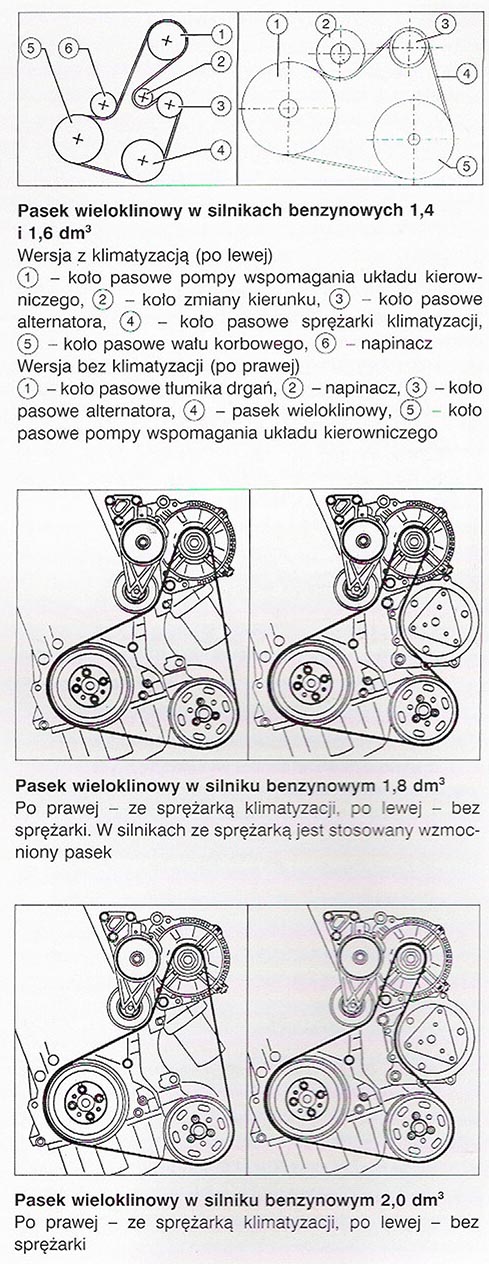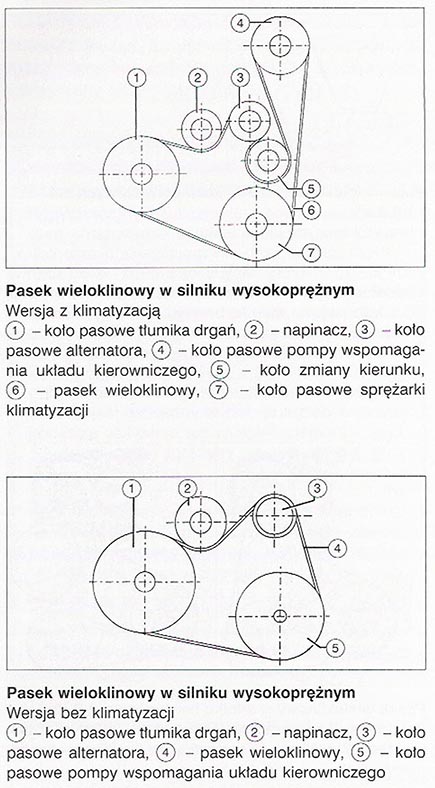 Engine knocks
Engine knocks
The knocking knocks from under the hood just after starting are not cause for concern, however, if they persist after the engine has warmed up, their most common cause is damage to the crankshaft bushings. Much less often they can be the bearings of the main journals. Bearing failure generally entails quite costly engine repair, if the symptoms were noticed in time, it is enough to replace the connecting rod half shells.
Recognition of damage to the shaft bearings.
■ Bring the engine to moderate speed and take your foot off the accelerator pedal. If a slight knocking noise is heard when reducing the engine speed (similar to „nak-nak-nak”) and you can hear similar sounds also when you accelerate vigorously, it should not be delayed with repair.
■ Stop driving. The damage will get worse and then the repair will be much more difficult and more expensive.
■ If there is a loud rattling noise when increasing engine speed (“Clack-clack-clack”), which becomes weaker or inaudible after removing the leg from the accelerator pedal, this is evidence of complete damage to the placenta.

 Timing belt and camshaft.
Timing belt and camshaft. Belt replacement
Belt replacement

 Checking the condition of the poly V-belt.
Checking the condition of the poly V-belt.